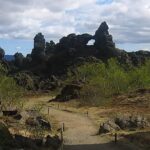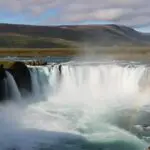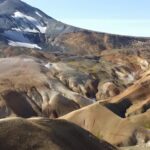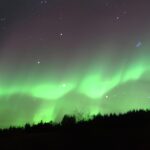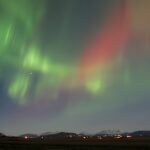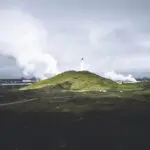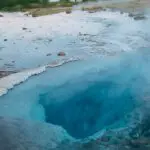It is no secret that Iceland is an expensive country. It consistently ranks in the top 5 of the most expensive countries in the world. But even if it is expensive, it doesn’t mean that everything costs a fortune. Many things are free and we have put together a list of the best free things to do in Reykjavik!
Visit Hallgrímskirkja Church
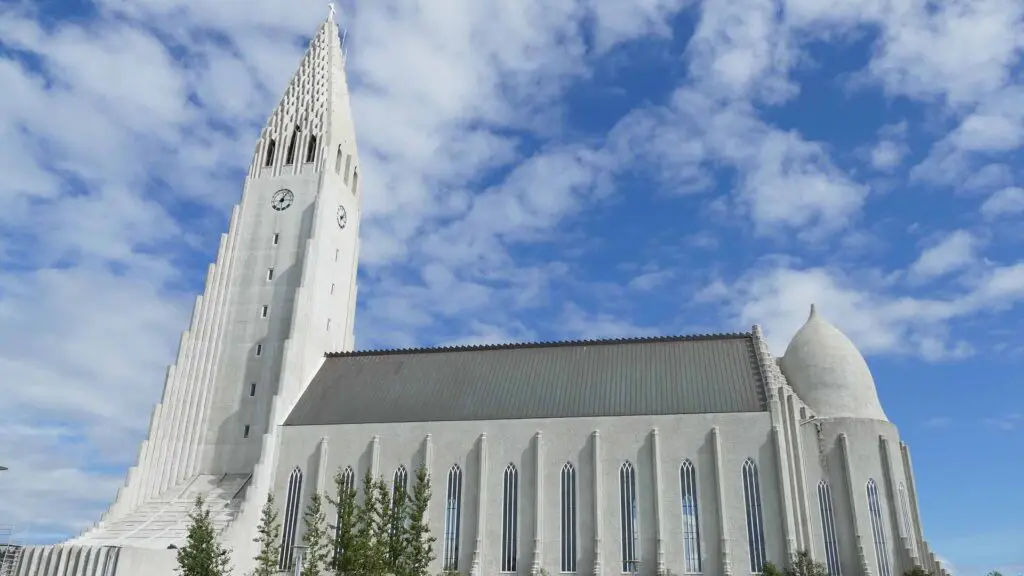
Visiting this famous Icelandic landmark is free of charge, as are all other churches in Iceland (when they’re open). The 74.5m tall church was designed by Guðjón Samúelsson, who also designed, for example, the National Theatre, National Gallery, and the Catholic Church. It took 41 years to build the church. Construction began in 1945 and ended in 1986. The organ is the largest in the country and has 5275 pipes, is 15m tall and weighs about 25 tonnes!
A small fee of 900 ISK needs to be paid to enter the tower. You can see all of Reykjavík from the top, the capital area and further out.
The Einar Jónsson Sculpture Garden
On the other side of Hallgrímskirkja Church is the Einar Jónsson art museum. There’s an entrance fee to the museum itself (1500 ISK) but at the back of the house is a garden with many of his sculptures. The sculptures, which many are made from folklore and Icelandic sagas, fill the lush garden with an eerie feeling.
The Einar Jónsson Statue Walk
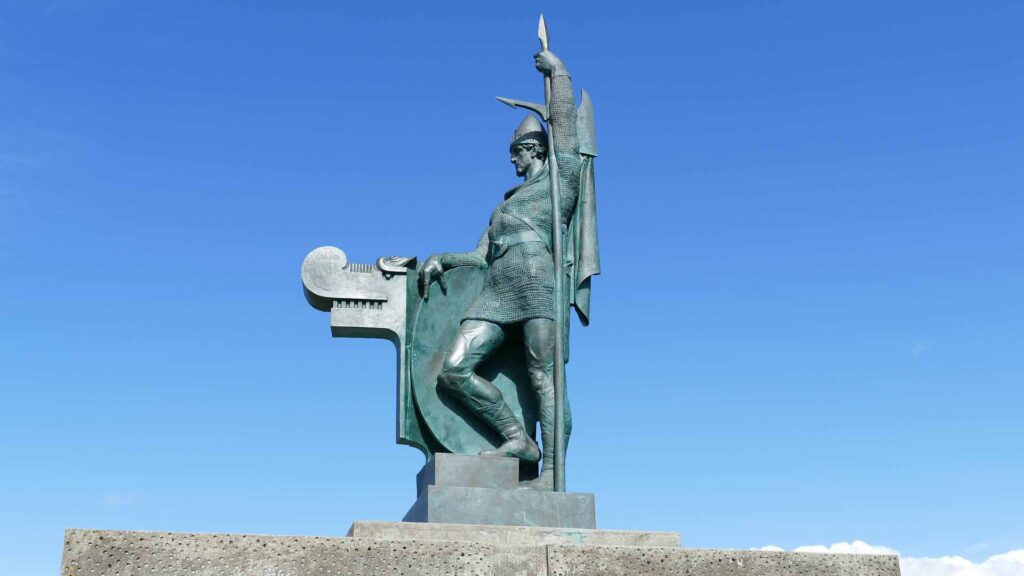
Einar Jónsson was one of the first real Icelandic artists. He studied in Copenhagen, like many of his peers. You will find his artworks all around town, but his most famous statue is the one of Ingólfur Arnarson, the first settler of Iceland, on the top of Arnarhóll in downtown Reykjavík.
There are a few other statues by him around the centre of town, making for a fun statue walk around town.
Visit Harpa Concert Hall
Can you believe that Iceland was without a proper concert hall until 2011? The Icelandic Opera was housed in the Gamla Bíó (The Old Cinema) on Ingólfsstræti, and the Icelandic Symphony Orchestra was housed in Háskólabíó (The University Cinema) near the University of Iceland.
Icelandic-Danish artist Ólafur Elíasson designed the glass facade of the concert hall, but Henning Larsen Architects and Batteríið design the concert hall itself.
The building has won many awards, despite its young age. For example, it got the highly respected Mies van der Rohe-European Union Price for Contemporary Architecture Award in 2013. Harpa was chosen as one of the best concert houses of the new millennium by Gramophone Magazine in 2010. Most recently, Eldborg was an unbeatable choice by the jury for the USITT Architecture Award for acoustic, living up to its role as a world-class concert hall with state-of-the-art acoustic technology.
Visit the Sculpture Museum of Sigurjón Ólafsson
You will find a few beautiful artworks on the 3,5 KM one-way route from Harpa to the sculpture museum. The route ends in the garden of the museum. Access to the museum itself is 1000ISK, but you can enjoy many of his sculptures outside.
The Reykjavik Art Walk
The Reykjavik Art Museum has an app called the Reykjavik Art Walk, which gives you a guided tour of Reykjavik’s outdoor art. It is entirely free and available for both Android and iOS.
Among the artworks you can see are:
Sólfarið – The Sun Voyager.
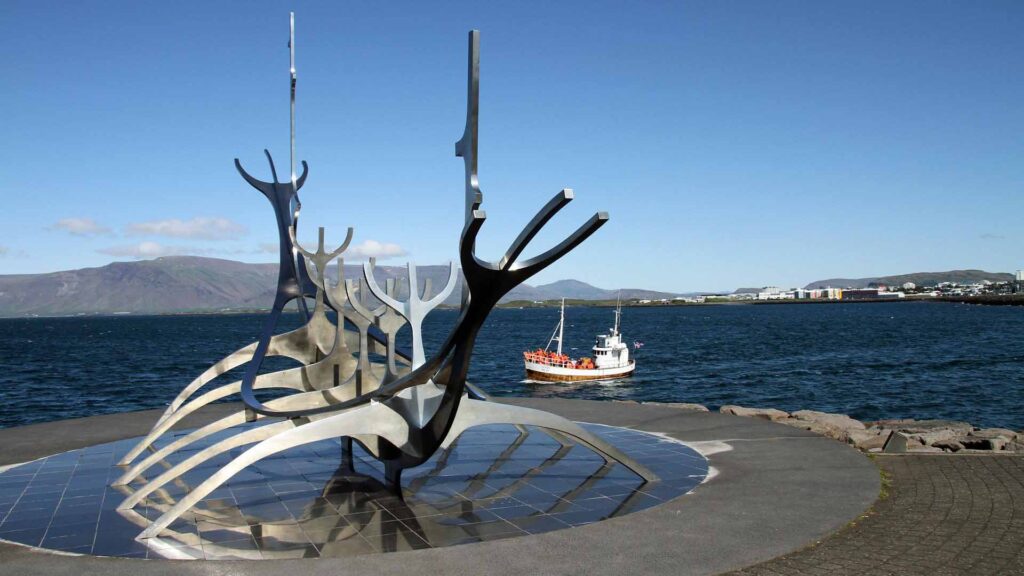
This famous Icelandic artwork is close to Harpa. Designed by Icelandic artist Jón Gunnar Árnason, the voyager resembles a Viking ship. The artwork was made as an ode to the sun, and it is a favourite of many to photograph when visiting Reykjavik.
Þúfan
This artwork is at the west entrance to the harbour, directly opposing Harpa concert hall. It is an environmental artwork and is one of the largest artworks ever made in Iceland. It stands 8 metres tall and around 26 metres in diameter. A small hut is at the top of the “þúfa” (tussock), designed for drying fish. Drying fish in huts was a popular way to process fish in Iceland (you can even still see these huts around the country sometimes). You will learn more about this on the Reykjavik Food Lovers Tour!
Leif the Lucky

This statue stands outside Hallgrímskirkja Church. The USA gave the statue to Iceland on the 1000th anniversary of Iceland’s republic in 1930. The statue stands on a granite pillar, built from 18 rocks which weigh about 50 tonnes. The statue of Leif himself weighs almost a tonne.
The Monument for the Unknown Bureaucrat
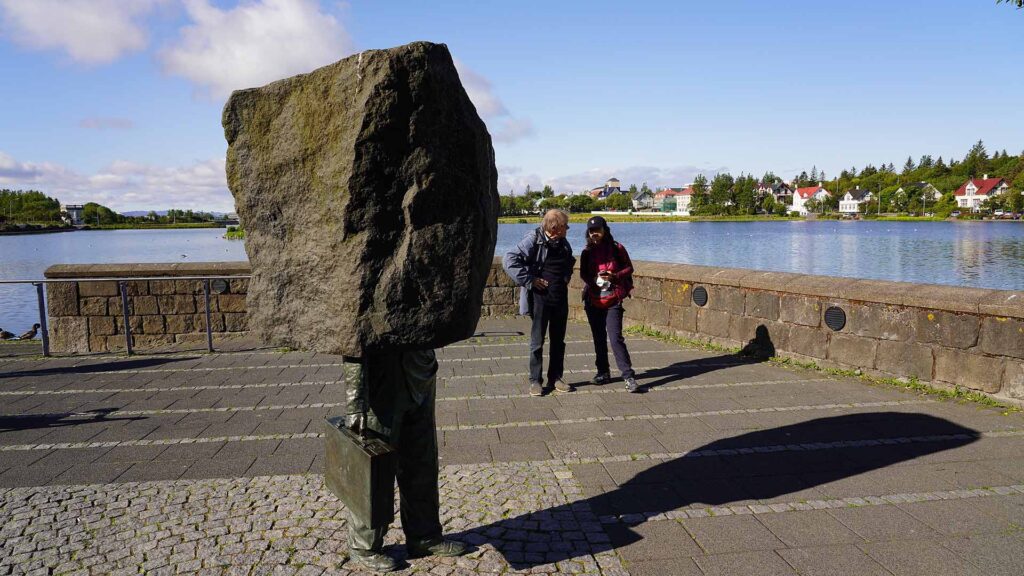
You will find the Monument for the Unknown Bureaucrat on the north side of the Pond, between Iðnó theatre and Reykjavik City Hall. The work is a two-metre-high sculpture from bronze and basalt. This artwork is very popular, figurative and abstract, and you can even buy replicas of it at the Reykjavik Art Museum!
The Reykjavik Museum of Photography in Grófarhús
To see the exhibitions of the Reykjavik Museum of Photography, you will have to pay an entrance fee of 1100ISK, but in the hallway is a small exhibition of photographs. Then you will have access to the museum’s photography database. It is possible to spend hours looking at the photographs there!
The Reykjavik City Library in Grófarhús
The library is a great place to relax a little, with pleasant seating available throughout the library. It even has a really lovely kids area on the second floor, so if you have your whole family with you, then that’s an excellent option
The Reykjavik Flea Market (and people-watching)
This flea market has long been stable during weekends in Reykjavik’s society. It is possible to rent a booth there to sell stuff you do not need anymore, and frequently Icelandic celebrities do just that.
You can find everything from old knick-knacks to new band t-shirts, glasses and handmade jewellery. There is a coffee house and food stalls.
Opening times are Saturday and Sunday from 11:00 – 17:00
Hunt Graffiti in Central Reykjavik
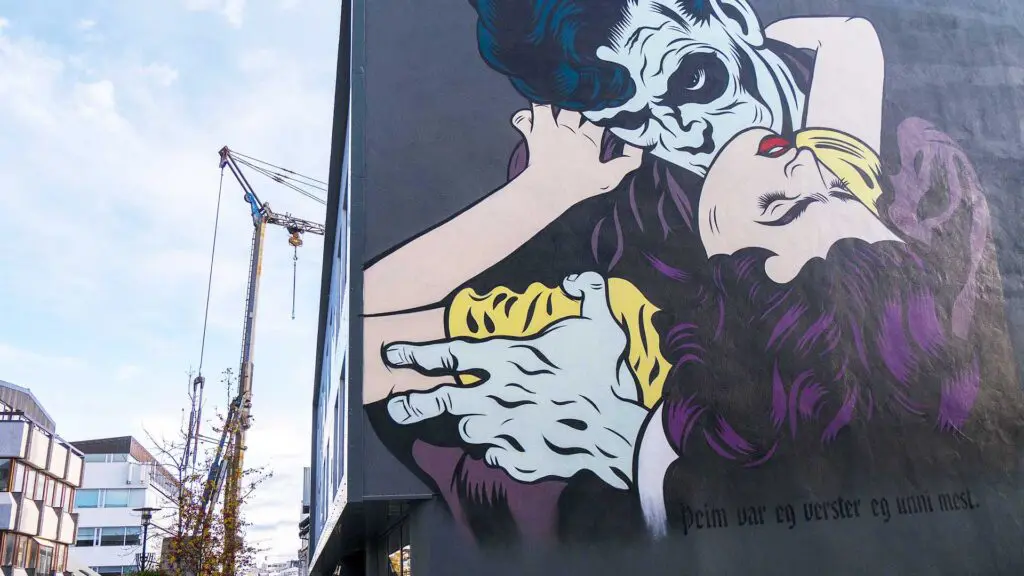
There are many beautiful graffiti artworks in Reykjavik (and some that aren’t). The fun thing about graffiti is that they aren’t necessarily a constant. If they haven’t been commissioned, someone will inevitably paint over them to start again.
You will find a few on Laugavegur, the shopping street. Stand by the foot of Arnarhóll hill downtown and look up towards that hill (away from H&M). You will see a beautiful artwork nestled between two buildings (behind the Government Building). Another one is on the gable of the Ministry of Food, Agriculture and Fisheries.
The most common place to find graffiti is gables of houses – but if you don’t want to walk aimlessly around the city looking for art, check out this handy map of many of Reykjavik’s graffiti.
Visit The Reykjavik Pond
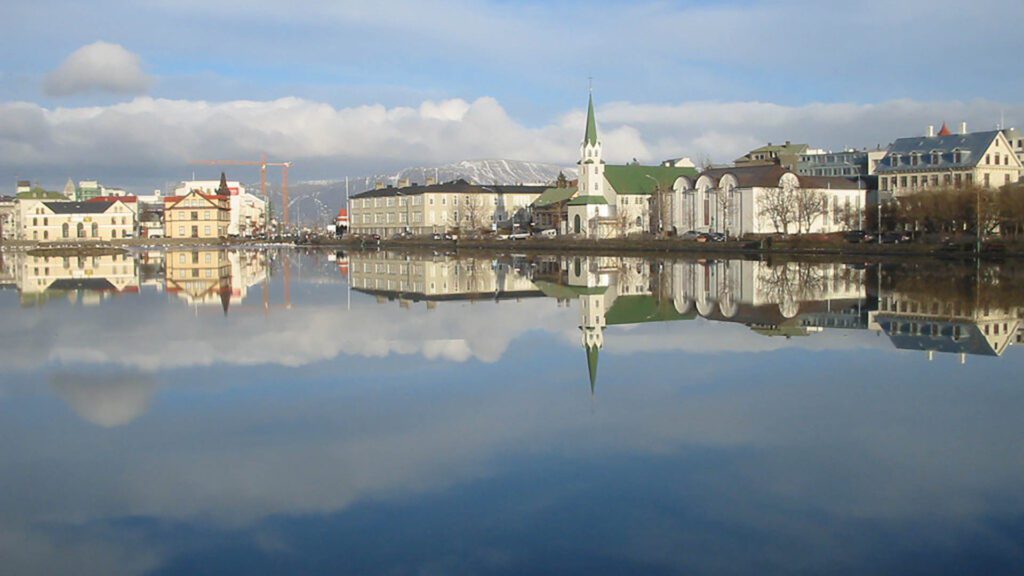
In Reykjavik’s centre is a sizeable pond, simply called The Pond (Tjörnin). It is home to many birds, both migratory and nonmigratory. It is popular to feed the birds bread, but the City is trying to get people to stop it – especially in spring and early summer when there are ducklings and other fledglings. The feeding can attract seagulls, who then eat the chicks.
You can enjoy the birdlife, and if you are there outside of the breeding season, bring something other than bread, for example, corn, seeds, salad leaves, and cooked rice. It’s better for them and the ecosystem.
Visit Grótta Lighthouse
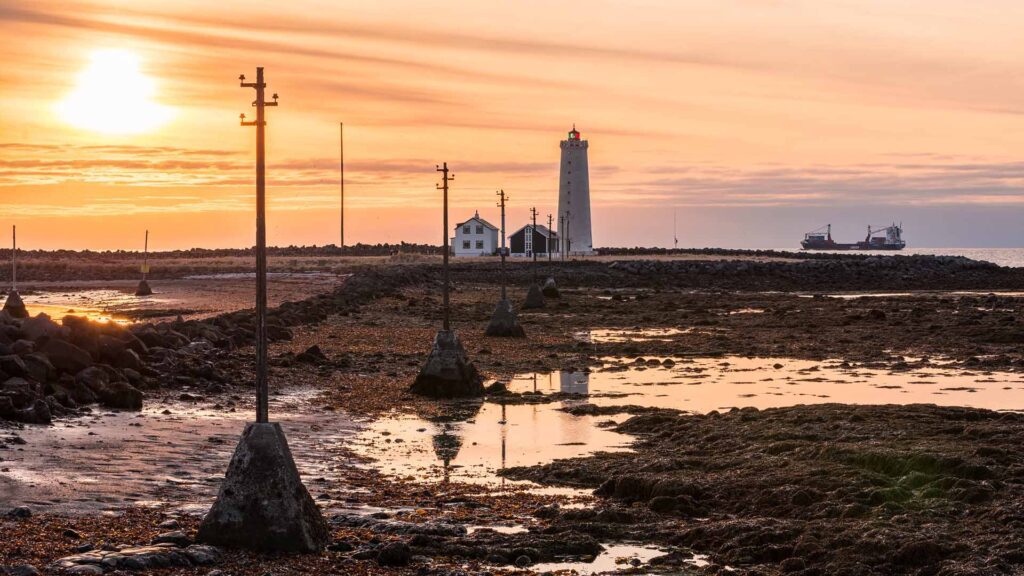
Grótta is a tied island at the extreme end of the Seltjarnarnes peninsula in the Capital Region. During high tide, the tombolo is completely submerged, so if you visit the lighthouse, know when the tide is high and low! If you’re still at the lighthouse when the tide comes in, you will have to wait for it to go out again.
It is an excellent place for sunset and sunrise, and there’s even a small geothermal footbath nearby. It’s a great place to sit and relax and enjoy the view! Grótta is also a great spot to see the Northern Lights during winter which is a great free thing to do in Reykjavik.
People Watch in Reykjavik’s Malls
There are 2 big (for Iceland :)) malls in the greater Reykjavik area = Kringlan and Smáralind. What we are suggesting here is that you just go people-watching and resist the temptation to buy anything (that could be hard)
There are plenty of seating areas for the weary feet; I especially like the leather seats in the middle of the 1st floor of Kringlan 🙂
Check out Reykjavik’s Lush Places
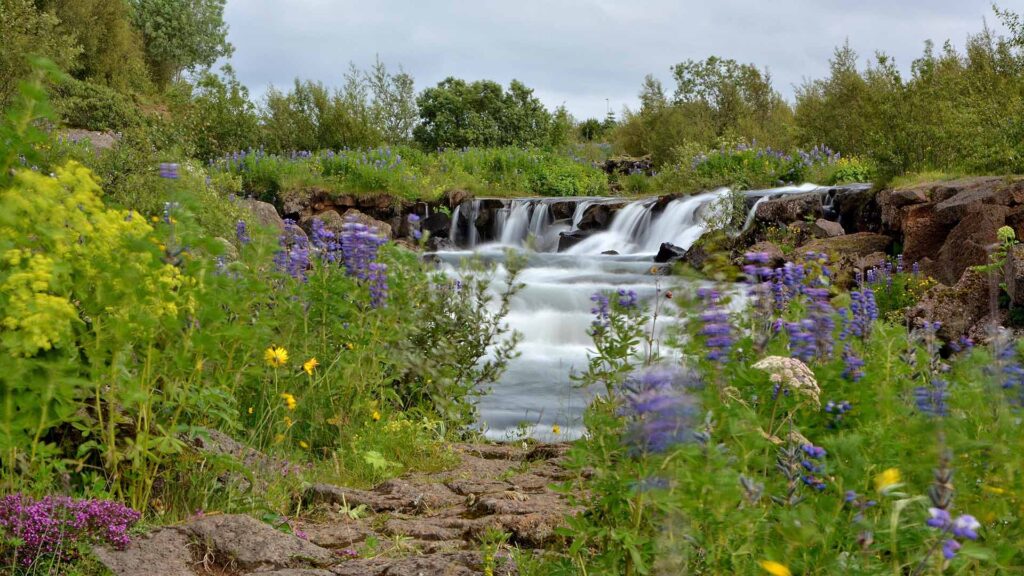
Elliðarárdalur is a lovely tree-filled valley with a salmon river running through it. There is a great walking path system through the valley, which makes it an excellent place to have a stroll. On a sunny day, it is perfect for a picnic. You might possibly spot a rabbit or two as well! In our opinion one of the best free things to do in Reykjavik on a warm summer’s day!
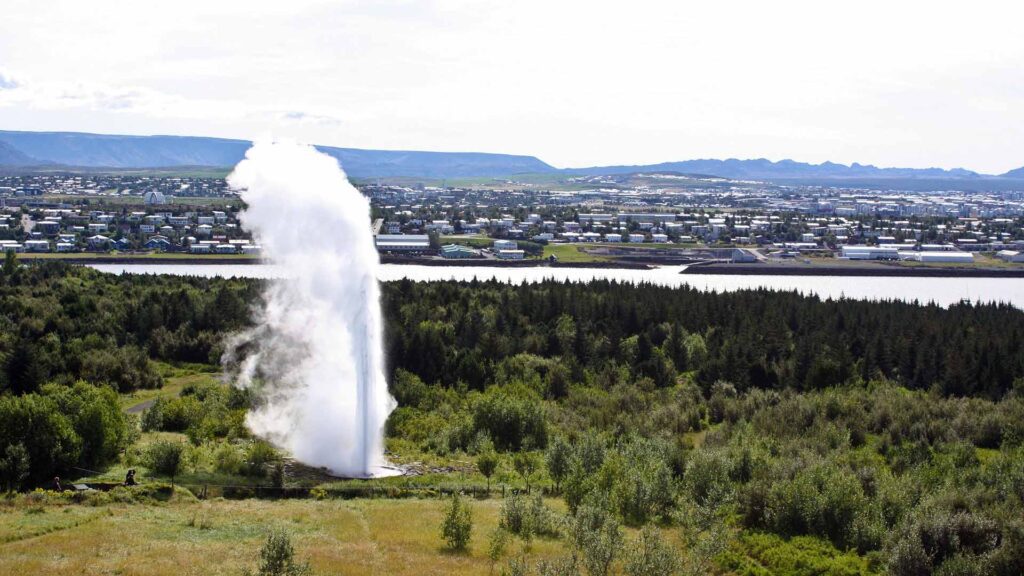
Öskjuhlíð is close to Reykjavik Airport and is a popular leisure area in Reykjavík. On top of the hill is Perlan, with its exhibitions and viewing deck. You will have to pay a small fee to access the viewing deck, but Öskjuhlíð itself is a great place to hike, look for rabbits and just enjoy life. There are also a few WWII remains on the hill since the British and American occupation during World War II.
Laugardalur is another option; this is a 30-minute walk from the Reykjavik city center. There you can see where the women of Old Reykjavik did the laundry. On a nice day there, it is excellent for a picnic before going to the Reykjavik Family Park and Zoo (it costs 980ISk for those over 13 years old, 750ISK for 6-12 years old and free of charge for 5 years old and under). You can also play disc golf there, and if you’re into parkour, there’s a parkour park!
The Botanic Garden of Reykjavik
Situated in Laugardalur (hot spring valley), it’s always nice to stroll through the garden. If you can spare it, grab a coffee in the small “secret” coffeehouse in the middle of the botanic garden.
Go hiking up Mount Esja (The mountain of Reykjavik)

This guardian of Reykjavik rises to 914 meters, and it’s very popular for hiking. It is easily accessed by bus and even by bicycle. The summit Þverfellshorn offers a great view of the greater Reykjavik area. The hike takes around 2 hours up and down for average hikers.
It can take the whole day if you regularly stop to enjoy the Icelandic nature and views.
Drink Icelandic water
It’s free, we have plenty of it, and it’s the best water in the world (we’re, of course, totally unbiased!). You can save a lot of money by filling up a bottle with water from the nearest tap. You can even fill it up with water from the Elliðaár River if you’re going for a walk in Elliðaárdalur Valley.
Nauthólsvík – Geothermally heated beach
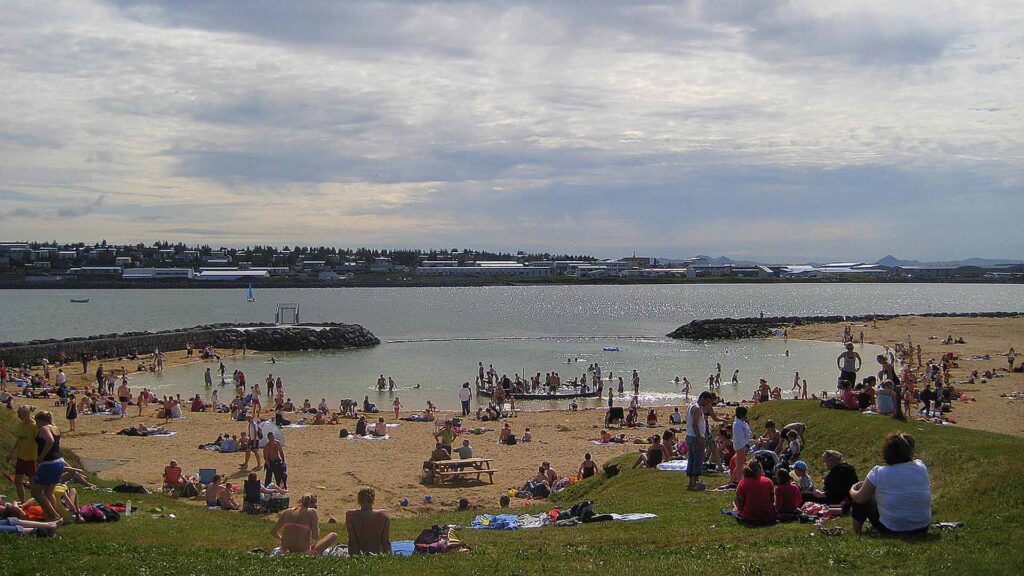
In Nauthólsvík, near Öskjuhlíð and Perlan, you will find a geothermally heated beach. It is a very popular spot for locals on good weather days. There is also a hot tub you can use. The place is also famous for swimming in the ocean.
Admission to the beach, hot tub, changing rooms, and toilets are free during the summertime, but in wintertime, the admission is 600 ISK.
The Elfgarden of Hafnarfjordur, Hellisgerði
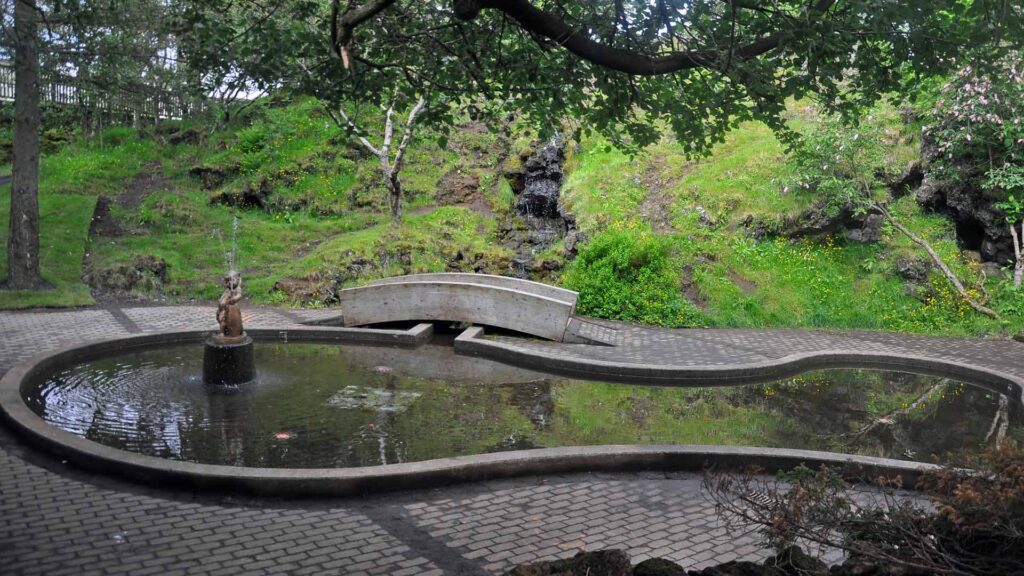
They have elf translators who go for guided walks with people, but I suggest you just show up, maybe have a picnic, and just see if you don’t get a glimpse of Elves or fairies in the garden.
Is there anything missing from the list? Please let us know by commenting below, and we’ll add it!
Please signup HERE for our newsletter for more fun facts and information about Iceland!

